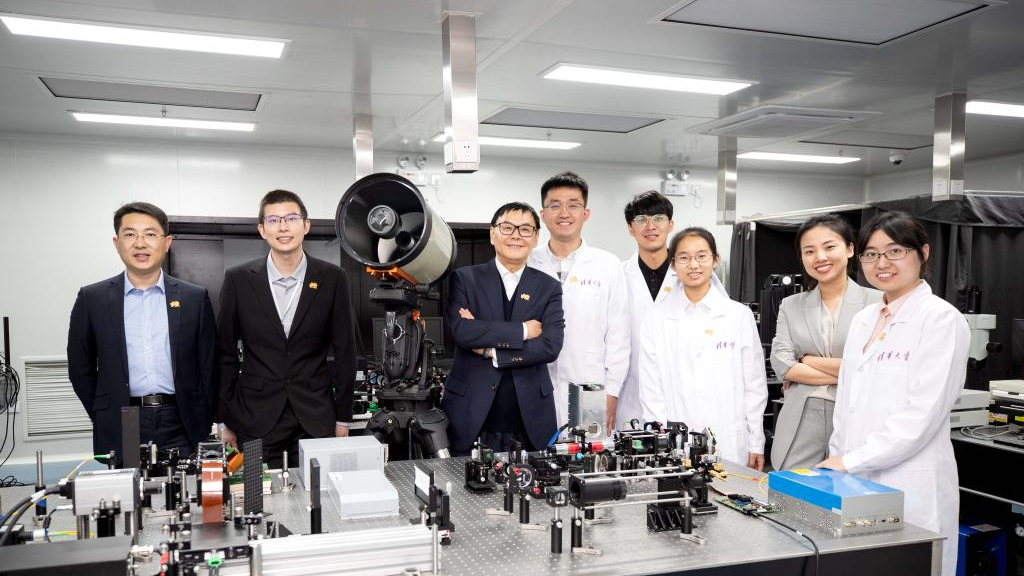Published: November 06,2023

Chinese researchers from Tsinghua University have developed an all-analog photoelectronic chip that can process computer vision tasks with greater speed and energy efficiency than existing chips, marking the first of its kind in the world.
The research team’s findings, which provide an alternative to existing technologies based around analogue-to-digital conversion, have been published in the journal Nature.
In the new study, the researchers designed an integrated photoelectronic processor to harness the advantages of both light, in the form of photons, and electrons, as found in electric currents, in an all-analog way. The result is called an “all-analog chip combining electronic and light computing,” or ACCEL.
Tests showed that ACCEL is able to recognize and classify objects with a degree of accuracy comparable to those of digital neural networks. Furthermore, it classifies high-resolution images of various scenes of daily life more than 3,000 times faster and with 4,000,000 times less energy consumption than a top-of-the-line graphics processing unit (GPU).

Members of the research team that developed an all-analog photoelectronic chip pose for a group photo at Tsinghua University in Beijing, China, April 20, 2021. /CMG
Analog and digital signals are two types of signals carrying information. Analog signals vary continuously, as with the rays of light forming an image, while digital signals are non-continuous, as with binary numbers.
In vision-based computing tasks like image recognition and object detection, signals from the environment are analog, and they need to be converted into digital signals for processing by AI neural networks, systems trained to recognize patterns and relationships in a data set.
However, the analog-to-digital conversion is time- and energy-consuming, limiting the speed and efficiency of the neural network’s performance. Photonic computing, which uses analog light signals, is one of the most promising approaches to addressing the issue.
“We maximized the advantages of light and electricity under all-analog signals, avoiding the drawbacks of analog-to-digital conversion and breaking the bottleneck of power consumption and speed,” said Fang Lu, a researcher from the Tsinghua team.
A review by Nature editors said that the team had minimized the need for energetically costly analog-to-digital converters. “This refreshing and pragmatic approach to artificial-intelligence hardware that is highly energy efficient makes the most out of both electronic and photonic computing technologies,” it said.
Fang noted that the advantage of ultra-low power will help improve the heating problem of chip scaling, and it has the potential to bring breakthroughs in the future design of chips.
Dai Qionghai, director of the School of Information Science and Technology at Tsinghua University, said that the team has developed a prototype chip, and will work toward making a general-purpose artificial intelligence chip for a broader range of applications.
source: CGTN
 Africa -China Review Africa -China Cooperation and Transformation
Africa -China Review Africa -China Cooperation and Transformation
